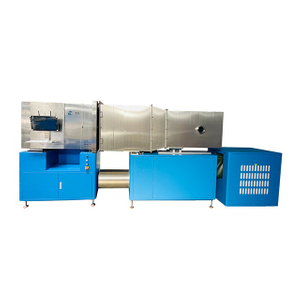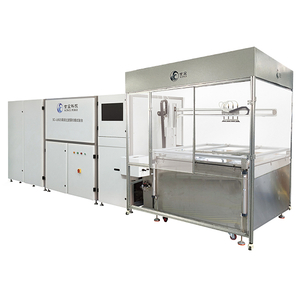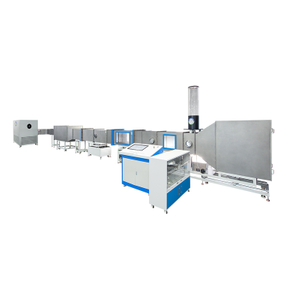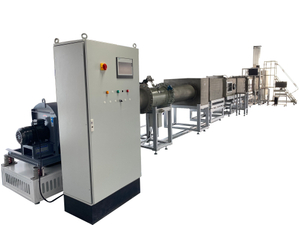Pre-filters, fine filters, and HEPA filters are also filters. What are the differences?
Pre-filters and HEPA filters are not mutually exclusive options – they can be used together for the best results. A pre-filter captures larger particles, while a HEPA filter is able to trap tiny allergens and other harmful particles. This combination is beneficial, as the HEPA filter won’t wear out from dealing with larger particles, and fine filters can provide an extra layer of protection between the two.
In fact, a HEPA filter, a fine filter, and a pre-filter aren't direct competitors since they're designed to perform different functions. Pre-filter, a fine filter, and a HEPA filter should use simultaneously.
1. Functions
1) A pre-filter is mainly used to remove large particles before getting to the main filter in air purifiers. The pre-filter is typically the first step in the air filtering process on an air purifier or an HVAC system. Pre-filters are used for filtering dust particles above 5μm, suitable for primary filtration of air conditioning systems.
The working principle of the pre-filter is similar to that of the main filter, using a screening mechanism. As air flows through the air purifier, the pre-filter traps dust, hair, and other contaminants in its interwoven grid. This filter screen can filter some air pollutants, and its efficiency is approximately the same as that of an air purifier.
Pre-filters are typically used to filter larger particles in the air, leaving smaller particles in the main air filter. The main filter, which normally operates according to high-efficiency air filter standards, should filter particles below 0.3 microns. Doing this alone is sufficient, but they also need to remove slightly larger particles.
With a pre-filter capable of filtering pollutants up to 2 microns in size, it can alleviate the unnecessary tasks of the main filter. In addition, after the air passes through this pre-filter, the internal filter only needs to do very little work to extend its service life.
2) Fine filters belong to group F of air filters and is generally bag filter, including class F5, F6, F7, F8, and F9. Medium efficiency filter is widely used in air conditioning systems, mainly used to filter dust particles over 1-5 μ m.
3) A HEPA filter is a term used to refer to any air purifier that satisfies the HEPA standard. Any filter capable of removing 99.97% of pollutants of 0.3 microns meets this standard, making it a HEPA purifier. Most of the air purifiers on the market today are HEPA-compliant since it’s the only standardized benchmark for filters.HEPA filters are mainly used to capture particulate dust and various suspended substances, with a particle size below 0.5 μ m. HEPA filters are used in homes, hospitals, medical facilities, workplaces, nuclear power plants, etc.
2. Filter media
Pre-filters: The outer frame material includes a paper frame, aluminum frame, and galvanized iron frame, and the filter media includes non-woven fabric, nylon mesh, activated carbon filter material, and metal mesh.
Fine filters: bag filter, frame filter, combined filter, etc.
HEPA filters: ultra-fine glass fiber paper is used as the filter media, and offset paper, an aluminum film, and other materials are used as the partition board, which is glued with a wood frame and aluminum alloy.
3. Class and filtration efficiency
Pre-filters: G1-G4, 5 μ m, 65%, 80%, 90%, 95%.
Fine filters: F5-F9, 1 μ m, 60%, 70%, 80%, 90%, and 95%.
HEPA filters: H10—H14, MPPS, 95%, 99.5%, 99.95%, 99.995%, 99.9995%.















